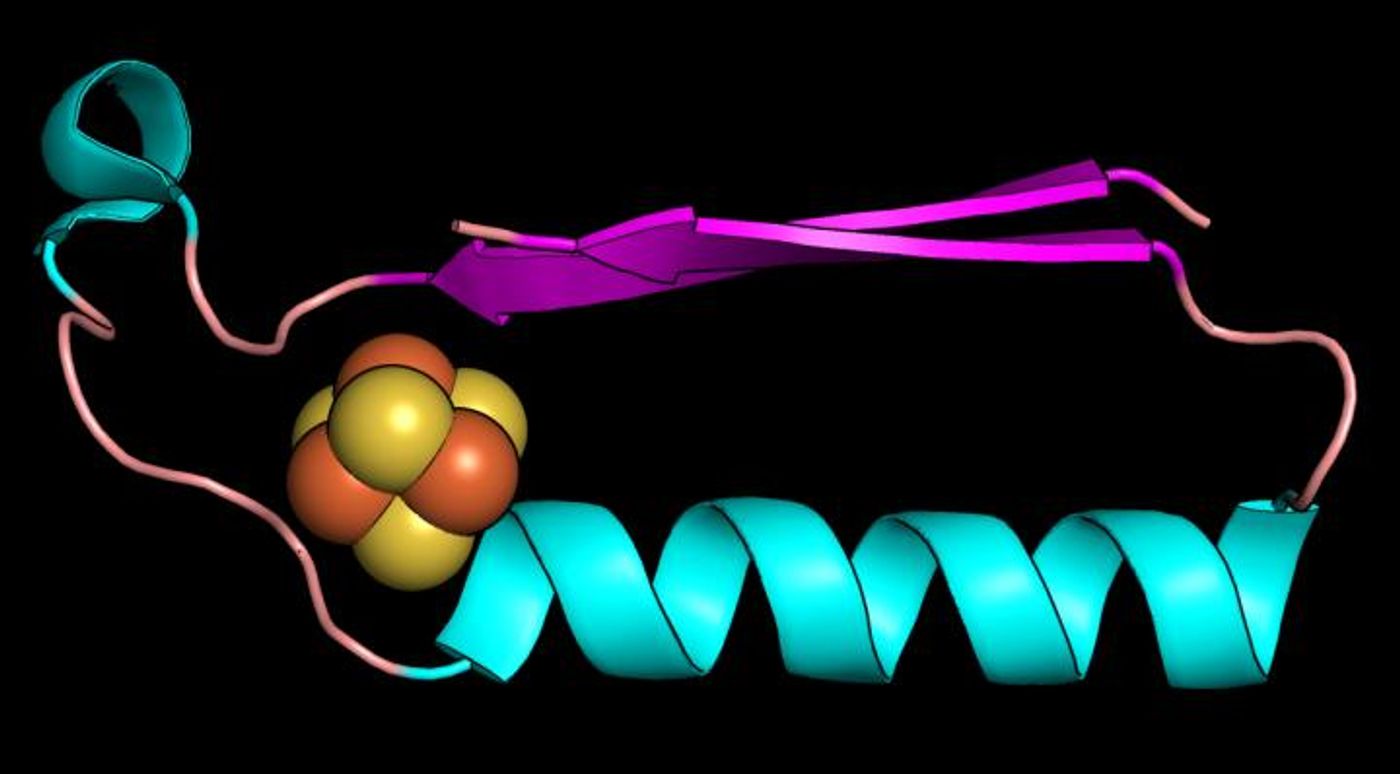In Search of the Original Enzyme
It has been suggested that life arose from molecules that gradually came together in the right ways to form simple cells. Eventually, those basic structures are thought to have given rise to more complex creatures. Scientists have now identified the origins of structures in proteins that are involved in metabolism. Metabolic proteins or enzymes were probably very important to early life, giving it the energy to survive, and may now serve as indicators of life on other planets. The new research, which was reported in the Proceedings of the National Academy of Sciences, presents a picture of what 'life' may have been like on our planet about 3.5 billion years ago.
In this work, the researchers tracked how proteins evolved over thousands and even millions of years. That required two pieces of data, without which life on our planet wouldn't exist. Proteins are made of strings or sheets of amino acids that are folded into a three-dimensional structure. The scientists zeroed in on two 'folds' in proteins that may have been the first structures involved in metabolism. One is a ferrodoxin fold that can attach to iron-sulfur compounds. The other is a Rossman fold that links up with nucleotides, which compose DNA and RNA. These are critical pieces of the evolutionary puzzle.
It is thought that the fold in ferredoxins, electron-shuttling metals that promote metabolism in cells, has an ancestor in common with the other fold. That ancestor could have been part of the very first metabolic enzyme.
"We know very little about how life started on our planet. This work allowed us to glimpse deep in time and propose the earliest metabolic proteins," said study co-author Vikas Nanda, a professor of Biochemistry and Molecular Biology at Rutgers Robert Wood Johnson Medical School and a resident faculty member at the Center for Advanced Biotechnology and Medicine. "Our predictions will be tested in the laboratory to better understand the origins of life on Earth and to inform how life may originate elsewhere. We are building models of proteins in the lab and testing whether they can trigger reactions critical for early metabolism."
The study was performed by scientists at Rutgers that worked on the project ENIGMA (Evolution of Nanomachines in Geospheres and Microbial Ancestors), which uses a NASA grant and is a part of the NASA Astrobiology Program. The ENIGMA project has also aimed to show how simple proteins were critical to the earliest stages of life.
"We think life was built from very small building blocks and emerged like a Lego set to make cells and more complex organisms like us," said senior study author Paul G. Falkowski, ENIGMA principal investigator and a distinguished professor at Rutgers University-New Brunswick who leads the Environmental Biophysics and Molecular Ecology Laboratory. "We think we have found the building blocks of life - the Lego set that led, ultimately, to the evolution of cells, animals, and plants."
Sources: AAAS/Eurekalert! via Rutgers University, Proceedings of the National Academy of Sciences









